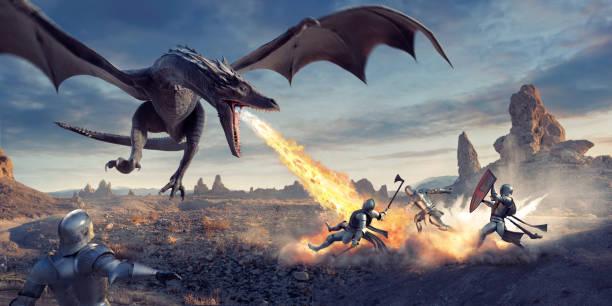- The Hero and the Opponent(s) are competing for the same goal. When Opponents put pressure on the Hero, she will be forced to change or think up new ways to take action against the Opponent. The pressure keeps building until the Climax/Battle Sequence 11, in Act 3.
- A Web of Oppositions will give the story depth, as opposed to having one Hero and one Opponent.
- Create a Hero and an Opponent and at least two secondary Opponents.
- Each Opponent should use a different way of attacking the Hero’s flaws.
For example, the Hero could be an upstanding businessman with a shady past he has been trying to erase because he knows his family will be in danger. The Hero saved someone’s life, but then lied about it, and he has guilt issues because he’s hiding a screw-up that occurred, which landed him in jail.
- One Opponent attacks the Hero’s family by taking the members hostage.
- Another Opponent attacks the Hero’s reputation at work by setting up a damaging fake story about the Hero.
- Another Opponent attacks the Hero physically.
- Each character should be placed in Conflict, not only with the Hero, but also with the other Opponents or secondary characters.
- Each Opponent has different value systems, and they are in conflict with the Hero’s value systems. The way to expose the beliefs of the Hero is to have the Hero in conflict with the beliefs of another Character, even with an Ally.
- Look for the positive and negative versions of the same value.
Make each Opponent as different as possible from the other Opponents. For example, a person who is determined vs. a person who is so determined, he is aggressive; honest vs. so honest as to be insensitive about revealing the truth; patriotic vs. so patriotic that the character is domineering or didactic. Put these characters in opposition with each other and with the Hero.
- Increase the Conflict and the Narrative Drive via Punch-Counterpunch.
For example: The Hero has a Main Opponent who remains hidden until a Reveal moment in the Plot that challenges or negates the Hero. The Reveal moment can be an Audience/Reader Reveal or a Reveal that the Hero and the audience/reader experience together.
The Main Opponent has a secondary Opponent who might oppose the Main Opponent; another secondary Opponent also opposes the Main Opponent, and this secondary Opponent might also oppose the other secondary opponent. They all are in opposition to the Hero.
But in the course of this opposition, there is a great depth of Conflict among the Opponents and also towards the Hero. Each punch causes the Hero to either change his course of action or rethink it, and then embark on a counterpunch, which then causes the Opponent to either get a Reveal or come up with a counterpunch, etc.
The narrative is thus, constantly being driven forward. Hollywood studios and live stage producers look for a story with a strong Narrative Drive because they want audiences to be at the edge of their seats. And publishers want readers to turn pages into the wee hours of the night!


